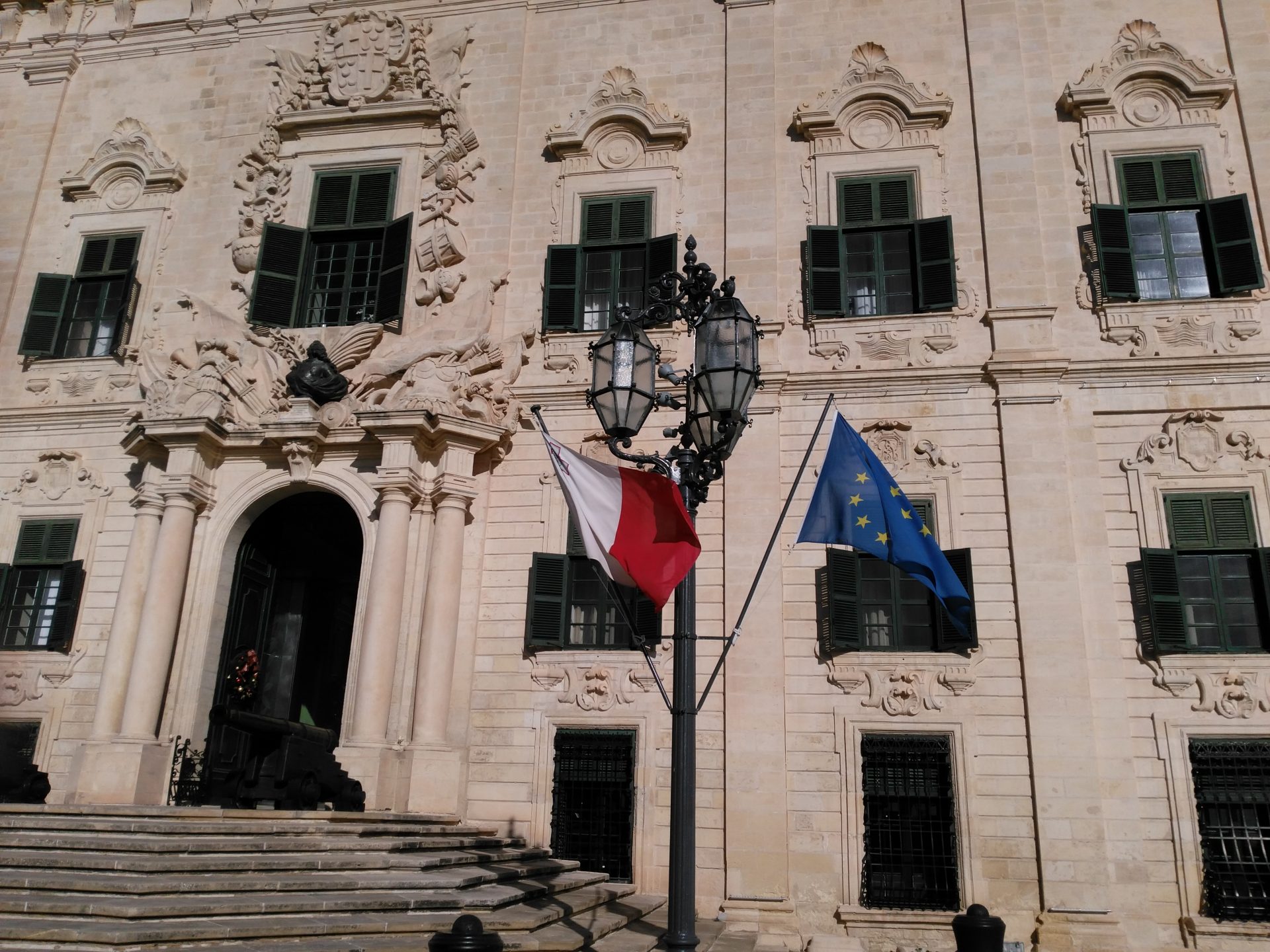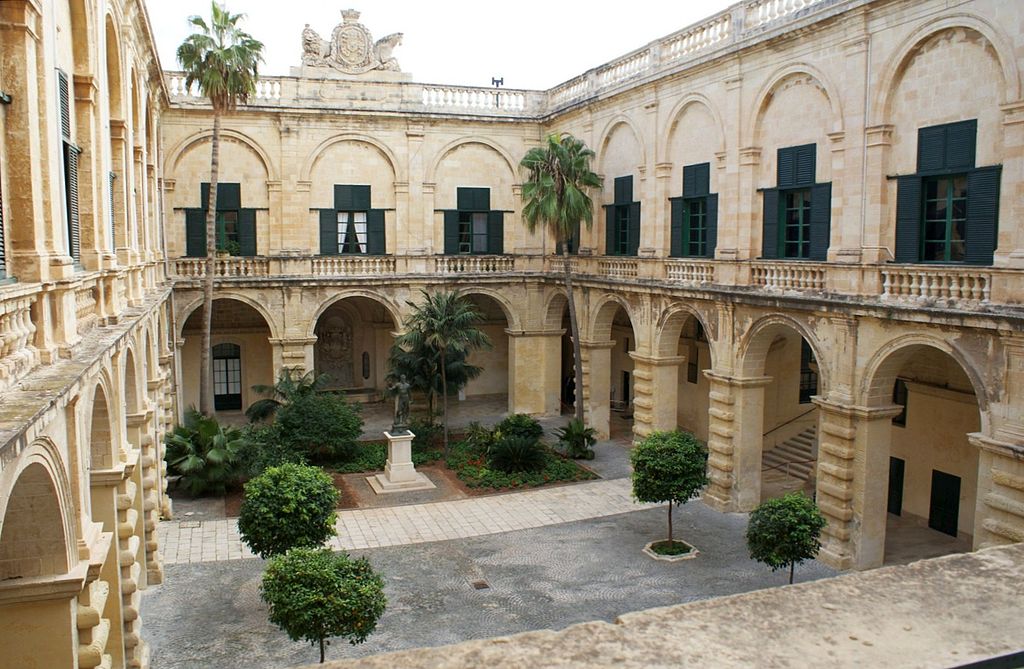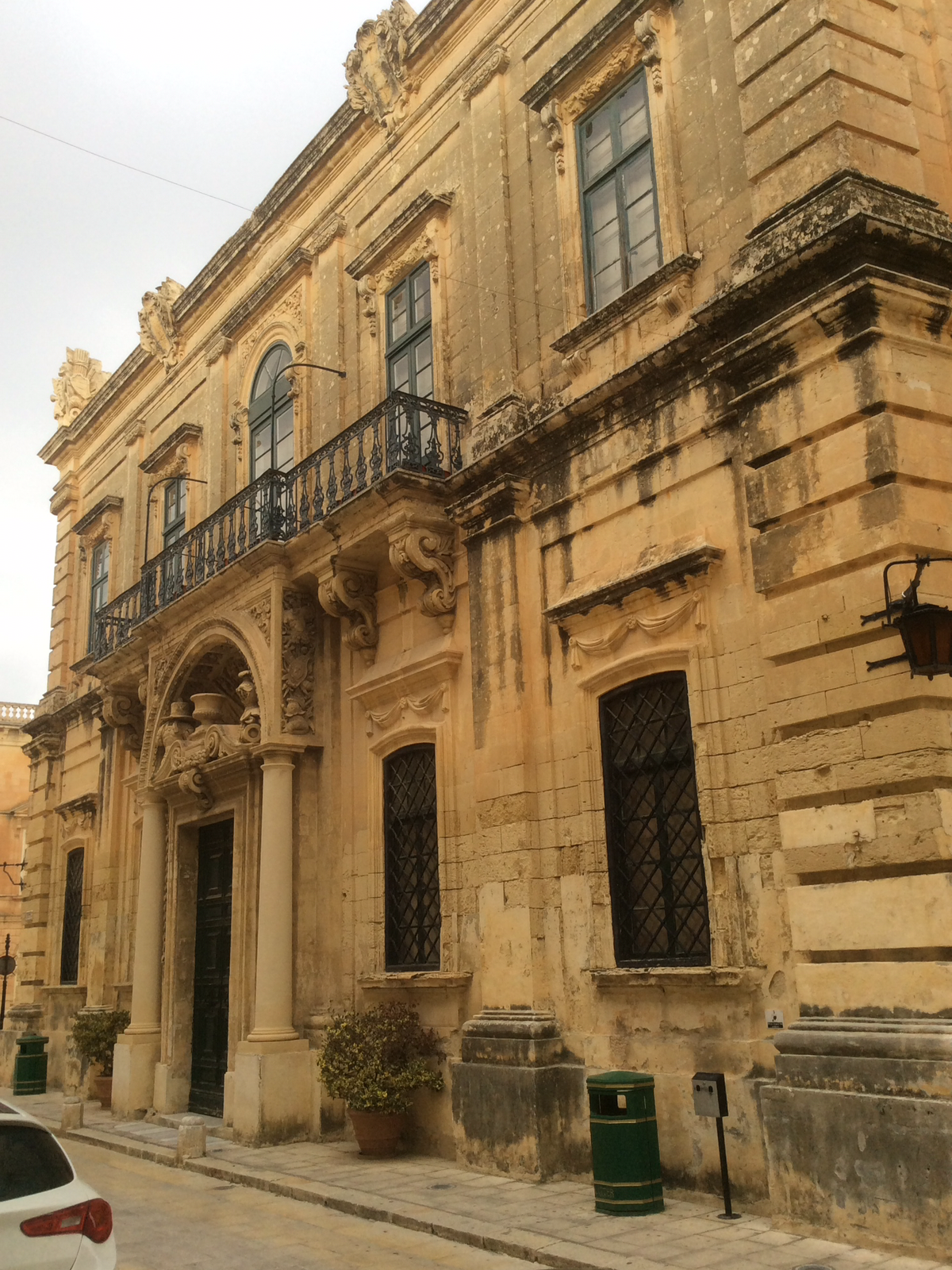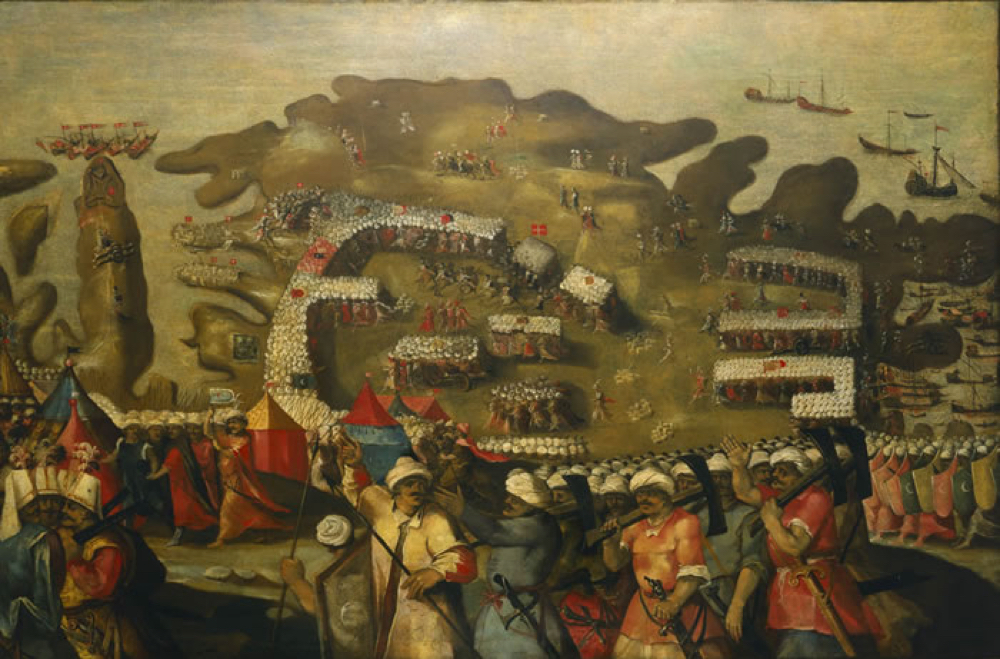Categories:
malta-democracy
Republic street and democracy through the ages, By Pen Lister. March 4, 2018. Categories: Maltese Democracy Tags: malta

Historical dates in Maltese democratic history
- 1530 – 1798: _The coming of the Order of the St John and their establishment as the government of the island till 1798, laid down the foundations of European principles and institutions that would eventually contribute to the development of the Maltese nation-state.
- 1798 – 1800: French Occupation: The French abolished nobility, slavery, the feudal system, and the inquisition. They capitulated Malta for various reasons including hunger, disease, and from local rebellions supported by the British navy
- 1800 – 1964: Malta became a Crown Colony on 23 July 1813, when Sir Thomas Maitland was appointed as Governor of Malta. That year, Malta was granted the Bathurst Constitution. The advent of the British, proponents of liberal politics and democratic developments, would leave an indelible effect on the island. Even if the British intentions for Malta were almost purely military, and hence far from democratic, the process of constitutional concessions alongside the grating of other liberties, would see to the democratisation of society.
- 1964 – Malta becomes an Independent state with its own constitution. Under the 1964 constitution, Malta initially retained Queen Elizabeth II as Queen of Malta and thus head of state, with a governor-general exercising executive authority on her behalf.
- 1974 – Malta becomes a Republic. Within the Commonwealth, with the President as head of state and parliamentary system and public administration closely modelled on the Westminster system.
- 2004 – Malta joins EU becoming a member within the group of European democracies sharing common ideals, values, policies, resources and challenges.
Further Links
- SGI Quality of Democracy: Malta
- Malta and the Commonwealth
- University of Malta Electoral resources and data
Featured Image: penworks, CC-BY-SH 4.0





